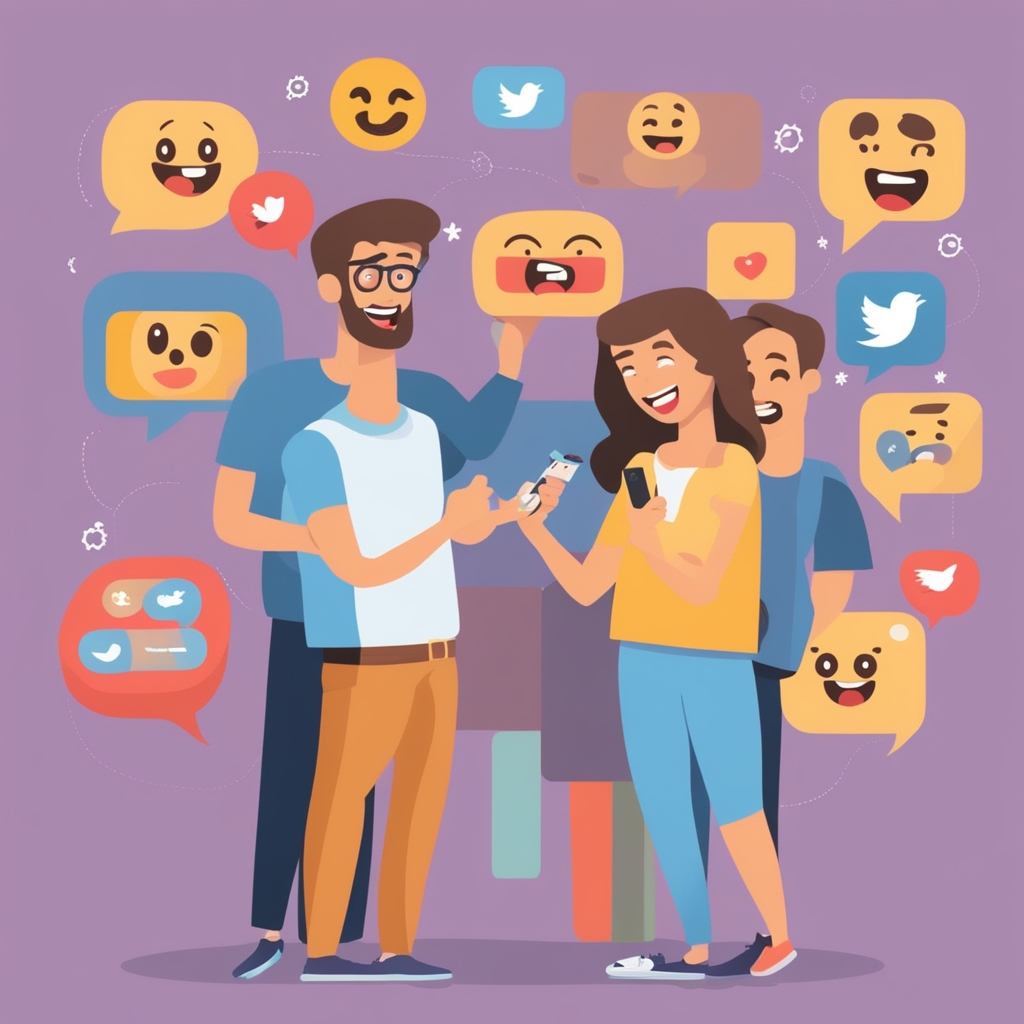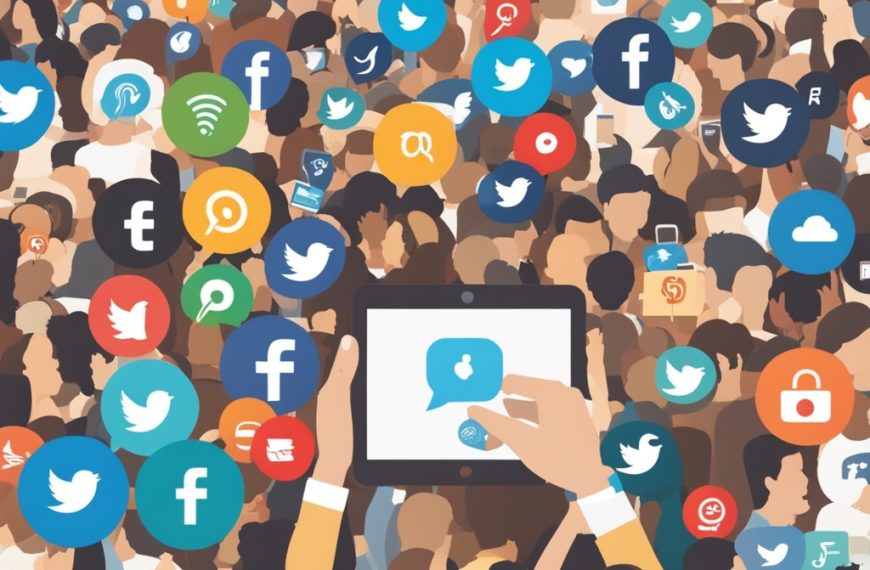Social media has become a powerful tool for brands to connect with their audiences. However, cutting through the noise requires more than just high-quality content; it demands emotional engagement. Emotional triggers play a crucial role in social media marketing by influencing consumer behavior, increasing engagement, and fostering brand loyalty. This article explores how emotional triggers impact social media marketing, the types of emotions that drive engagement, and strategies brands can use to leverage these triggers effectively.
Understanding Emotional Triggers
Emotional triggers refer to specific feelings or psychological responses that compel individuals to take action. In the context of social media marketing, these triggers are used to influence user behavior, whether it’s liking, sharing, commenting, or making a purchase. Emotions drive decisions, and by tapping into the right emotional cues, brands can create impactful and memorable experiences for their audience.
The Science Behind Emotional Marketing
Emotional marketing is rooted in psychology and neuroscience. Studies suggest that people make purchasing decisions based on emotions rather than logic. The limbic system, the part of the brain responsible for emotions, plays a significant role in decision-making. When brands successfully evoke emotions, they can create stronger connections with their audience, leading to higher conversion rates and customer loyalty.
Types of Emotional Triggers in Social Media Marketing
- Happiness and Joy
- Content that evokes happiness, such as inspiring stories, positive news, and humor, tends to go viral.
- Example: Brands like Coca-Cola use happiness-driven campaigns, such as their “Share a Coke” campaign, to connect emotionally with consumers.
- Fear and Urgency
- Fear-based marketing leverages the fear of missing out (FOMO), scarcity, or potential risks to encourage immediate action.
- Example: Limited-time offers or countdown deals create urgency and drive conversions.
- Sadness and Empathy
- Emotional storytelling that evokes sadness or empathy can increase engagement and inspire action.
- Example: Nonprofits use emotionally charged content to highlight issues and encourage donations.
- Surprise and Curiosity
- Unexpected or surprising content captures attention and encourages users to share.
- Example: Viral marketing stunts, plot twists in storytelling, or innovative campaigns by brands like Red Bull.
- Anger and Controversy
- While risky, content that stirs emotions like anger can drive discussions and debates.
- Example: Social activism campaigns that highlight injustices can spark conversation and mobilize action.
Strategies for Using Emotional Triggers in Social Media Marketing
1. Storytelling
- Craft compelling narratives that resonate with your audience’s emotions.
- Use real-life experiences, testimonials, and user-generated content to enhance authenticity.
2. Visual and Video Content
- Leverage visuals, colors, and music to reinforce emotional triggers.
- Videos, in particular, can be powerful tools for emotional engagement.
3. Personalization and Relatability
- Tailor content to your audience’s interests and pain points.
- Use personalized messages and responses to build stronger connections.
4. User-Generated Content and Community Engagement
- Encourage users to share their experiences with your brand.
- Engage with your audience through comments, polls, and interactive content.
5. Emotional Appeals in Ad Copy
- Use emotional language in captions and call-to-actions (CTAs) to drive responses.
- Highlight the benefits and emotional impact of your products/services rather than just features.
Case Studies of Successful Emotional Marketing Campaigns
1. Nike’s “Just Do It” Campaign
- Nike’s marketing strategy often taps into motivation and inspiration, encouraging people to overcome obstacles and achieve greatness.
2. Dove’s “Real Beauty” Campaign
- This campaign focused on self-esteem and body positivity, striking an emotional chord with millions worldwide.
3. Always’ “Like a Girl” Campaign
- Addressing gender stereotypes, this campaign evoked emotions of empowerment and challenged societal norms.
Emotional triggers are a fundamental part of social media marketing. They influence consumer decisions, enhance engagement, and strengthen brand loyalty. By understanding how different emotions impact user behavior, brands can create powerful, emotionally driven campaigns that resonate with their audience. Whether through storytelling, visuals, or personalized interactions, leveraging emotional triggers effectively can make a significant difference in the success of a social media strategy.
By tapping into the right emotions, brands can transform passive viewers into loyal advocates, ultimately driving growth and long-term success in the competitive digital landscape.




